Bei der Wahl zwischen Freeride-Ski und Powder-Ski kommt es ganz darauf an, wo und wie du fährst. Hier ist die kurze Übersicht:
- Freeride-Ski: Für den vielseitigen Einsatz am Berg konzipiert. Sie bewältigen präparierte Pisten, Off-Piste-Gelände und leichten Powder. Die Taillenbreite liegt typischerweise bei 100–115 mm und bietet Stabilität und Kontrolle auf gemischtem Untergrund. Eine großartige Wahl, wenn du unter verschiedenen Bedingungen fährst.
- Powder-Ski: Für Tage mit tiefem Schnee gemacht. Diese Ski haben breitere Taillen (115–125 mm) und rockerte Spitzen und Enden, was dir dieses schwebende, surfartige Gefühl im Powder gibt. Allerdings sind sie nicht ideal auf hartem oder vereistem Untergrund.
- Snowfeet Skiblades: Eine kompakte, leichte Option, die Freeride- und Powder-Eigenschaften vereint. Mit 99–120 cm Länge sind sie tragbar, anfängerfreundlich und funktionieren unter den meisten Bedingungen. Bonus: Sie passen in deinen Koffer.
Schneller Vergleich
| Merkmal | Freeride-Ski | Powder Skis | Snowfeet Skiblades |
|---|---|---|---|
| Taillenbreite | 100–115 mm | 115–125 mm | ~99–120 cm Länge |
| Beste Verwendung | Gemischtes Berggelände | Tiefer Schnee | Präparierte Pisten + Powder |
| Flex | Fester für Kontrolle | Weicher, surfähnlicher Eindruck | Leicht zu handhaben |
| Portabilität | Unhandlich, braucht Halterungen | Unhandlich, braucht Halterungen | Passt in einen Koffer |
| Fähigkeitslevel | Mittelstufe bis Fortgeschritten | Fortgeschritten | Anfänger bis Fortgeschrittene |
Wenn du bei verschiedenen Bedingungen fährst, sind Freeride-Ski die erste Wahl. Für Pulverschneetage nimmst du Powder-Ski. Aber wenn du etwas Leichtes, Tragbares und Spaßiges suchst, könnten Snowfeet skiblades dein neues Lieblings-Equipment sein. :)
Beste Ski 2024! All-Mountain, Powder, Freeride & mehr!
Freeride-Ski: Merkmale und Leistung
Freeride-Ski sind für Skifahrer gemacht, die den ganzen Berg erobern wollen, von präparierten Pisten bis hin zu unvorhersehbarem Backcountry-Gelände. Sie sind darauf ausgelegt, eine Mischung aus Schneebedingungen zu bewältigen und dabei eine Balance aus Leistung und Anpassungsfähigkeit zu bieten.
Freeride-Ski Design und Konstruktion
Freeride-Ski stehen für Vielseitigkeit, und ihr Design spiegelt das wider. Mit einer Taillenbreite zwischen 100 mm und 115 mm sind sie breit genug, um im weichen Schnee zu schweben, aber dennoch schmal genug, um auf härteren Untergründen die Kantengriff zu behalten. Das bringt sie in eine ideale Position – breiter als traditionelle All-Mountain-Ski, aber schlanker als Powder-spezifische Modelle.
Die Kombination aus Rocker- und Camber-Profilen steigert ihre Leistung. Rocker-Tips erleichtern das Schweben im Pulverschnee und das Einleiten von Kurven, während der Camber unter dem Fuß Stabilität und Grip auf härterem Schnee bietet. Einige Modelle verfügen auch über einen Tail-Rocker, der für sanftere Kurvenausfahrten sorgt und die Wendigkeit erhöht.
Was die Flexibilität angeht, schlagen Freeride-Ski einen Mittelweg ein. Sie sind steifer als Freizeitski und geben dir die Kraft, schwierige Bedingungen zu meistern, aber nicht so unnachgiebig wie Rennski. Außerdem sorgen fortschrittliche Kernmaterialien für Stabilität, ohne unnötiges Gewicht hinzuzufügen.
Freeride-Ski sind typischerweise länger und reichen von etwa 170 cm bis 190 cm. Diese zusätzliche Länge verbessert die Stabilität und hilft beim Auftrieb im Tiefschnee, was dir mehr Sicherheit im anspruchsvollen Gelände gibt.
Beste Bedingungen und Gelände für Freeride-Ski
Freeride-Ski glänzen bei gemischten Bergbedingungen, bei denen der Schnee von morgendlichem Eis bis zu nachmittäglichem Sulz variieren kann. Sie wechseln nahtlos von präparierten Pisten zu Off-Piste-Gelände und bewältigen alles von Hartschnee bis zu moderatem Powder mit Leichtigkeit.
In steilen Bereichen wie Back Bowls sind ihre Stabilität und Kontrolle echte Highlights. Die breitere Plattform und der steifere Aufbau helfen dir, die Geschwindigkeit bei steilen Abfahrten zu kontrollieren, während sie dir gleichzeitig die Vielseitigkeit für Backcountry-Abenteuer bieten. Egal, ob du windverfestigten Schnee oder frischen Powder angehst, Freeride-Ski sind dafür gerüstet.
Das gesagt, können Freeride-Ski zwar tieferen Powder bewältigen, erreichen aber nicht ganz den mühelosen Auftrieb von speziell für Powder entwickelten Ski. Sie bringen auch eine gewisse Lernkurve mit sich, besonders für fortgeschrittene Skifahrer, die an schmalere, weichere Ski gewöhnt sind. Die breitere Plattform erfordert eine andere Wendetechnik, und der steifere Flex verlangt einen aggressiveren Fahrstil. Für Skifahrer, die eine einfachere Kontrolle suchen, bieten Snowfeet* Skiblades eine leichtere, kürzere Alternative, die verzeihender ist, besonders für diejenigen, die sich noch an Freeride-Modelle gewöhnen.
Als Nächstes sehen wir, wie sich Freeride-Ski im Vergleich zu Powder-Ski schlagen.
Powder-Ski: Merkmale und Leistung
Powder-Ski werden mit einem Ziel gebaut: dich auf tiefem, fluffigem Schnee schweben zu lassen. Während Freeride-Ski für eine Mischung aus Bedingungen ausgelegt sind, konzentrieren sich Powder-Ski ausschließlich darauf, Spitzenleistung im tiefsten Schnee zu liefern, den der Berg zu bieten hat.
Design und Konstruktion von Powder-Ski
Das herausragende Merkmal von Powder-Ski ist ihr extra breites Profil. Mit Taillenbreiten von 115–125 mm bieten sie eine große Oberfläche, die verhindert, dass du im Schnee einsinkst. Das macht sie ideal für diese traumhaften Powder-Tage.
Ein weiteres Schlüsselelement ist das Rocker-Profil, das typischerweise ausgeprägter ist als bei Freeride-Ski. Viele Powder-Ski verwenden Full-Rocker- oder Early-Rise-Designs, was bedeutet, dass der Ski von der Spitze bis zum Ende nach oben gebogen ist, mit minimalem Camber unter dem Fuß. Diese Form hilft den Ski, auf dem Schnee zu bleiben, erleichtert das Drehen und erhöht den Auftrieb insgesamt.
Powder-Ski haben auch ein weicheres Flexmuster, das es ihnen erlaubt, sich mit dem Schnee zu biegen und zu bewegen, anstatt dagegenzudrücken. Das verleiht ihnen ein verspieltes, surfähnliches Gefühl, das Powder-Liebhaber begeistert.
Wenn es um die Länge geht, sind Powder-Ski in der Regel länger und messen zwischen 180 cm und 195 cm. Diese zusätzliche Länge vergrößert die Oberfläche, verbessert den Auftrieb und die Stabilität, wenn du mit hoher Geschwindigkeit durch tiefen Schnee fährst.
Beste Bedingungen und Gelände für Powder-Ski
Powder-Ski sind am besten im Tiefschnee. Wenn 30 cm oder mehr frischer Powder liegen, fühlt es sich an, als würdest du mühelos gleiten. Ihre breite Basis und die rockerte Form lassen dich mit Leichtigkeit durch den Powder schweben, was weniger Kraftaufwand erfordert, um oben zu bleiben.
Sie eignen sich besonders gut für steiles Gelände, wie das Backcountry von Jackson Hole oder die tiefen Mulden bei Whistler. Auf solchen Abfahrten geben dir Powder-Ski das Vertrauen, steile Hänge zu meistern, ohne Angst vor dem Einsinken zu haben.
Ihr weicher Flex und die breite Plattform machen sie auch zum Favoriten für Tree Skiing, wo schnelle, wendige Kurven ein Muss sind. Der nachgiebige Flex hilft dir, dich schnell zu erholen und geschmeidig durch enge Passagen zu manövrieren, was sie perfekt macht, um zwischen Hindernissen hindurchzuschlängeln.
Wo Powder-Ski Schwächen zeigen
Während Powder-Ski im Tiefschnee unschlagbar sind, haben sie auf härteren Untergründen ihre Nachteile. Auf präparierten Pisten können ihre breite Plattform und der weiche Flex sich unhandlich und instabil anfühlen. Mit weniger Kantengrip wird das saubere Carven auf hartem Schnee schwierig.
Bei eisigen oder vom Wind verwehten Bedingungen können Powder-Ski schwer zu handhaben sein. Die breite Taille erschwert das Kanten, und der weichere Flex bietet nicht die Präzision oder Kraft, die für diese härteren Oberflächen nötig ist. Das kann die Kontrolle der Ski erschweren, wenn die Bedingungen nicht ideal sind.
Ein weiterer Nachteil ist ihre begrenzte Vielseitigkeit. Powder-Ski sind spezialisierte Werkzeuge und funktionieren bei gemischten Bedingungen nicht gut. Wenn dein Tag am Berg präparierte Pisten, Buckel und nur etwas Powder umfasst, könnten sich diese Ski fehl am Platz anfühlen. Für Skifahrer, die oft mit wechselnden Bedingungen konfrontiert sind, kann dieser Mangel an Anpassungsfähigkeit ein Ausschlusskriterium sein.
Für eine vielseitigere Option könntest du etwas wie Snowfeet* Skiblades in Betracht ziehen. Diese kompakten Ski, erhältlich in 99 cm und 120 cm Länge, sind sehr wendig, bewältigen verschiedene Schneebedingungen und sind leicht zu transportieren – perfekt für alle, die Flexibilität wollen, ohne auf Spaß zu verzichten.
sbb-itb-17ade95
Freeride vs. Powder-Ski: Direktvergleich
Lass uns die Hauptunterschiede zwischen Freeride- und Powder-Ski aufschlüsseln, damit du sehen kannst, was sie voneinander unterscheidet.
Freeride-Ski sind mit einem festeren Flex gebaut, was dir bessere Kontrolle auf verschiedenen Untergründen gibt. Andererseits haben Powder-Ski einen weicheren Flex, der ein sanftes, surfähnliches Gefühl im Tiefschnee bietet. Die Rocker-Profile unterscheiden sich ebenfalls: Freeride-Ski balancieren Rocker und Camber, während Powder-Ski stark auf ein rocker-dominiertes Design setzen.
Merkmalsvergleichstabelle
| Merkmal | Freeride-Ski | Powder Skis |
|---|---|---|
| Taillenbreite | Schmaler für bessere Agilität | Breiter für überlegenen Auftrieb im Tiefschnee |
| Flex | Fester für Kontrolle im gemischten Gelände | Weicher für eine surfähnliche Fahrt |
| Rocker-Profil | Ausgewogenes Rocker-Camber-Design | Vorwiegend rocker-fokussiert |
| Bestes Terrain | Vielseitig auf präparierten und unterschiedlichen Bedingungen | Ideal für Tiefschnee |
| Portabilität | Größer, oft mit speziellem Stauraum erforderlich | Sperrig, was das Reisen erschwert |
Portabilität ist ein weiterer wichtiger Faktor. Sowohl Freeride- als auch Powder-Ski sind oft sperriger und benötigen häufig Dachgepäckträger oder übergroße Skitaschen für den Transport. Freeride-Ski sind im Allgemeinen nachsichtiger und daher eine solide Wahl für fortgeschrittene Skifahrer. Im Gegensatz dazu sind Powder-Ski mit ihrem spezialisierten Design besser für erfahrene Fahrer geeignet, die mit ihren besonderen Anforderungen umgehen können.
Jetzt kommen Snowfeet* Skiblades ins Spiel. Sie lösen das Transportproblem mit ihrem kompakten, leichten Design. Im Gegensatz zu traditionellen Skiern passen diese in einen normalen Koffer, was sie super einfach zu tragen und zu verstauen macht. Aber lass dich von ihrer Größe nicht täuschen – sie sind gebaut, um alles zu meistern, von präparierten Pisten bis zu frischem Pulverschnee.
Anstatt mehrere Skier für verschiedene Bedingungen zu kaufen, bieten Snowfeet* Skiblades eine vielseitige, alles-in-einem Lösung. Sie verbinden Spaß, Freiheit und Bequemlichkeit und geben dir eine ganz neue Art, den Berg zu erleben.
Warum Snowfeet* Skiblades beide Optionen schlagen

Snowfeet* Skiblades nehmen das Beste vom Skifahren und machen es einfacher, leichter und spaßiger. Sie beseitigen die üblichen Probleme traditioneller Ski und bieten ein vielseitiges und genussvolles Erlebnis, das schwer zu übertreffen ist.
Einfach zu tragen und zu verstauen
Seien wir ehrlich – traditionelle Ski zu transportieren kann lästig sein. Zwischen Dachgepäckträgern, übergroßen Taschen und sperrigen Formen sind sie alles andere als praktisch. Snowfeet* Skiblades drehen den Spieß um. Das 99-cm-Modell passt ordentlich in einen Standardkoffer, und die 120-cm-Version? Sie passt problemlos auf den Rücksitz Ihres Autos oder verschwindet in einem kleinen Schrank. Kein Kampf mehr mit sperrigem Equipment – einfach greifen und los.
Vielseitig und anfängerfreundlich
Snowfeet* Skiblades glänzen bei allen Bedingungen. Ob Sie präparierte Pisten carven, durch Pulverschnee schweben, zwischen Bäumen hindurchweben oder den Terrain Park unsicher machen – diese Skiblades sind für alles gewappnet. Im Gegensatz zu spezialisierten Ski, die Sie auf eine Schneesorte beschränken, passen sich Snowfeet* an, was auch immer der Berg Ihnen bietet.
Und hier kommt der Clou: Sie sind super einfach zu lernen. Ihre kürzere Länge lässt das Drehen natürlich und intuitiv wirken, sodass Anfänger schnell den Dreh rausbekommen. Außerdem funktionieren sie mit den Stiefeln, die Sie bereits besitzen – egal ob Winterschuhe, Snowboardstiefel oder Skistiefel. Kein teures Spezial-Equipment nötig.
Mehr Spaß, mehr Freiheit
Traditionelle Ski zwingen Sie oft zu starren Techniken, aber Snowfeet* stehen ganz im Zeichen der Freiheit. Ihre kompakte Größe ermöglicht schnelle, verspielte Kurven, das Meistern enger Passagen und sogar Tricks, die längere Ski einfach nicht schaffen. Plötzlich sind die schmalen Pfade und dichten Waldabfahrten, die einschüchternd wirkten, Ihr neuer Spielplatz.
Dieses Freiheitsgefühl verändert, wie Sie den Berg erleben. Jede Abfahrt fühlt sich wie ein Abenteuer an, und jede Kurve bringt ein bisschen mehr Freude.
Wie Snowfeet* sich gegen große Marken behauptet
Vergleichen Sie Snowfeet* mit Schwergewichten wie Rossignol, K2, Volkl oder Salomon, und die Unterschiede sind klar. Traditionelle Ausrüstungen können zwischen 1.000 und 2.000 US-Dollar kosten, und das ohne die spezialisierten Stiefel. Snowfeet* hingegen beginnen bei nur 490 US-Dollar für das 99-cm-Modell – und Sie können die Stiefel verwenden, die Sie bereits besitzen.
Große Marken propagieren oft die Idee, dass längere Ski bessere Leistung bedeuten. Aber mal ehrlich: Die meisten Freizeitskifahrer legen mehr Wert darauf, Spaß zu haben und ihre Zeit auf der Piste zu genießen, als auf Spitzenleistung zu jagen. Snowfeet* versteht das. Sie konzentrieren sich darauf, Skifahren praktisch, zugänglich und – vor allem – richtig spaßig zu machen.
Fazit: Beste Wahl für amerikanische Skifahrer
Die Wahl der richtigen Ski hängt von den örtlichen Bergbedingungen und deinem Fahrstil ab. Freeride-Ski sind ideal, um alle Arten von Gelände zu bewältigen, während Powder-Ski im tiefen Schnee glänzen, aber auf präparierten Pisten oder festeren Hängen schwierig sein können – eine Herausforderung, der Skifahrer an vielen amerikanischen Resorts oft begegnen.
Für die meisten Skifahrer, die von Colorados Vail bis zu Vermonts Stowe unterwegs sind, sind Snowfeet* Skiblades eine starke Option als praktischste Wahl. Ihr 99-cm-Modell, zum Preis von 490 $, vereint das Beste aus Freeride- und Powder-Ski ohne die üblichen Kompromisse. Diese Skiblades bewältigen Powder beeindruckend, schneiden geschmeidig auf präparierten Pisten und passen sich gemischten Bedingungen an. Außerdem bedeutet ihre kompakte Größe, dass sie leicht ins Auto passen – kein Skiträger nötig.
Die amerikanischen Skibedingungen sind ein bunter Mix: präparierte Pisten, frischer Powder und gelegentlich vereiste Stellen. Traditionelle lange Ski von Marken wie Rossignol oder K2 erfordern oft Kompromisse, aber Snowfeet* Skiblades meistern alles mit Leichtigkeit. Ihre kürzere Länge sorgt für schnelle Reaktionsfähigkeit und macht sie zum Riesenspaß beim Fahren. Und mit einem Preis, der etwa halb so hoch ist wie bei einem hochwertigen traditionellen Setup, sind sie auch schonend für den Geldbeutel.
Egal, ob du ein Wochenend-Skifahrer aus Chicago bist, der in die Hügel von Wisconsin fährt, oder ein Einheimischer aus Colorado, der frische Spuren sucht – Snowfeet* Skiblades bringen Vielseitigkeit, Spaß und Komfort in dein Skiabenteuer – alles in einem kompakten, erschwinglichen Paket.
FAQs
Wie verhalten sich Freeride-Ski und Powder-Ski auf verschiedenen Geländen unterschiedlich?
Freeride-Ski sind wie das Schweizer Taschenmesser der Skiwelt. Mit Taillenbreiten um die 104–108 mm sind sie dafür gebaut, alles zu meistern – präparierte Pisten, gemischten Schnee und sogar Off-Piste-Abenteuer. Diese Balance aus Stabilität und Auftrieb macht sie zur ersten Wahl für Skifahrer, die ein Paar Ski wollen, das verschiedene Gelände ohne Kompromisse bewältigt.
Pulverschnee-Ski sind hingegen Spezialisten. Sie sind für diese traumhaften Tage mit tiefem, unberührtem Schnee konzipiert, ihre breiteren Taillen (typischerweise über 108 mm) lassen dich mühelos durch den Powder gleiten. Aber hier ist der Kompromiss: Sie sind nicht so wendig oder stabil auf hartem oder wechselhaftem Schnee, daher sind sie am besten für diese perfekten Powder-Tage reserviert.
Wenn du etwas Kompakteres und Einfacher zu Handhabendes suchst, könnten Snowfeet Skiblades die Antwort sein. Sie sind in Längen von 99 cm und 120 cm erhältlich und bieten eine leichte und portable Option. Sie funktionieren gut unter verschiedenen Schneebedingungen und sind eine fantastische Wahl für Gelegenheits- oder Anfänger-Skifahrer, die eine einfache, unkomplizierte Alternative zu traditionellen Skiern oder Snowboards wollen. Außerdem sind sie super praktisch zum Mitnehmen – kein lästiges Schleppen von sperrigem Equipment mehr!
Was macht Snowfeet Skiblades besser als traditionelle Freeride- und Powder-Ski in Bezug auf Vielseitigkeit und Portabilität?
Snowfeet Skiblades bieten eine frische Sicht aufs Skifahren, indem sie Portabilität mit Vielseitigkeit verbinden. Mit Längen von 65 bis 120 cm sind sie viel kürzer und leichter als traditionelle Freeride- oder Powder-Ski. Das macht sie super einfach zu tragen, zu verstauen und zu transportieren – kein Dachgepäckträger oder zusätzliches Equipment nötig. Du kannst sie einfach in einen Rucksack stecken oder sogar unter den Arm klemmen.
Ihre kompakte Größe bedeutet nicht nur Bequemlichkeit; sie sorgt auch für bessere Agilität. Du kannst schnelle Kurven fahren und präzise Kontrolle genießen, egal ob du auf präparierten Pisten unterwegs bist, abseits der Piste fährst oder einfach nur eine spaßige, unkomplizierte Art suchst, den Schnee zu genießen. Snowfeet Skiblades sind eine solide Option für Gelegenheitsfahrer und alle, die ein bisschen Abenteuer suchen.
Sind Snowfeet Skiblades eine gute Wahl für Anfänger, und wie schneiden sie im Vergleich zu traditionellen Skiern unter verschiedenen Schneebedingungen ab?
Snowfeet Skiblades sind eine tolle Wahl für Anfänger, und hier ist warum: Ihre kurze Länge (65 bis 120 cm), das leichte Gewicht und die einfache Manövrierbarkeit machen das Skifahrenlernen weniger überwältigend im Vergleich zu traditionellen Skiern. Das kompakte Design gibt dir mehr Kontrolle, was besonders hilfreich ist, wenn du gerade erst auf den Pisten startest.
Wenn es um Leistung geht, halten diese Skiblades unter verschiedenen Schneebedingungen stand – egal, ob du auf präparierten Pisten cruisst oder durch leichten Powder gleitest. Sie sind für schnelle Kurven und dynamische Bewegungen gebaut und verleihen deiner Zeit am Berg eine verspielte Note. Außerdem machen ihre Portabilität und das einfache Design sie zum Kinderspiel beim Tragen und Benutzen, was nicht nur Anfänger, sondern auch Gelegenheitsfahrer anspricht. Wenn du eine einfachere, zugänglichere Alternative zu traditionellen Skiern suchst, sind Snowfeet Skiblades definitiv eine Überlegung wert.





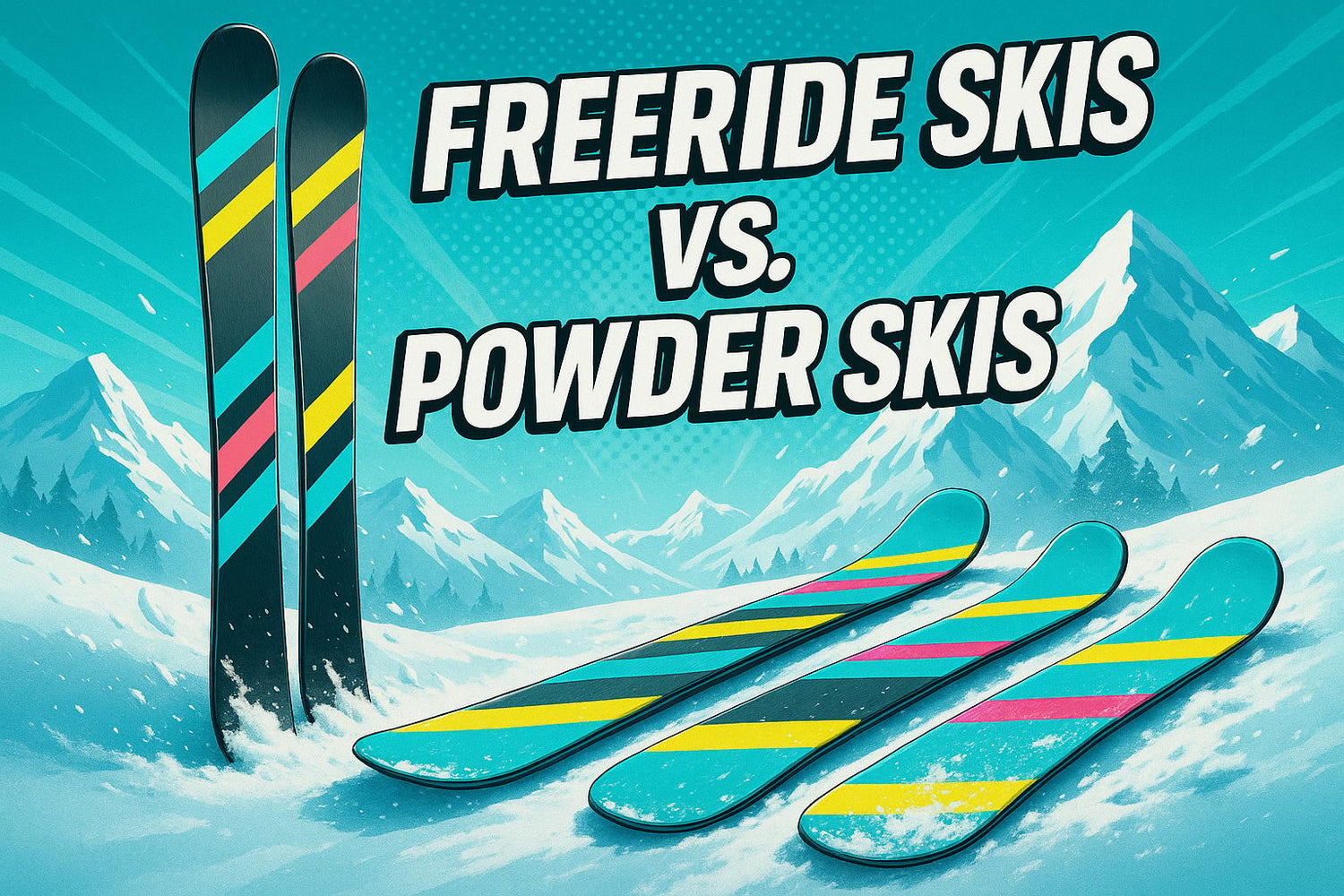
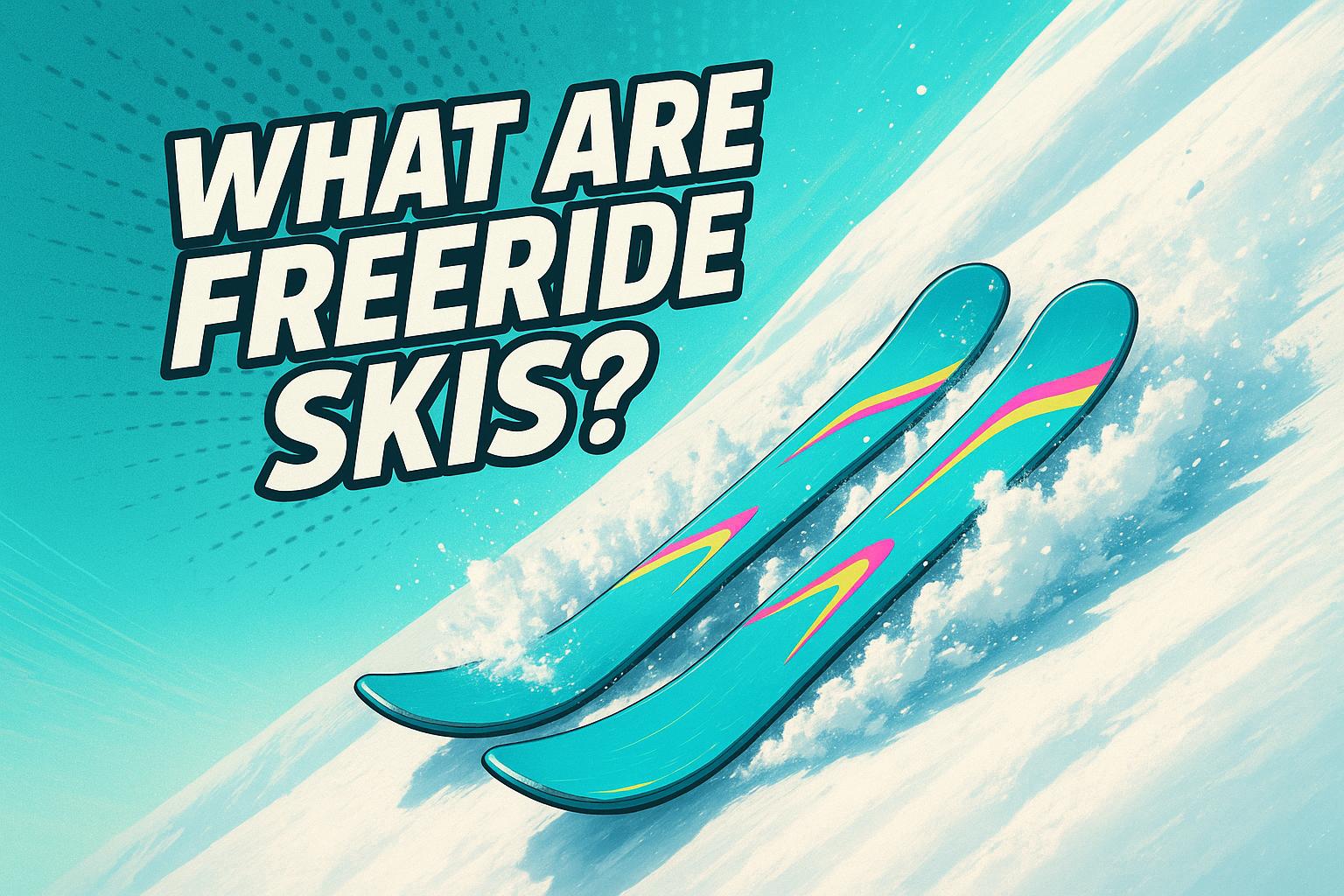
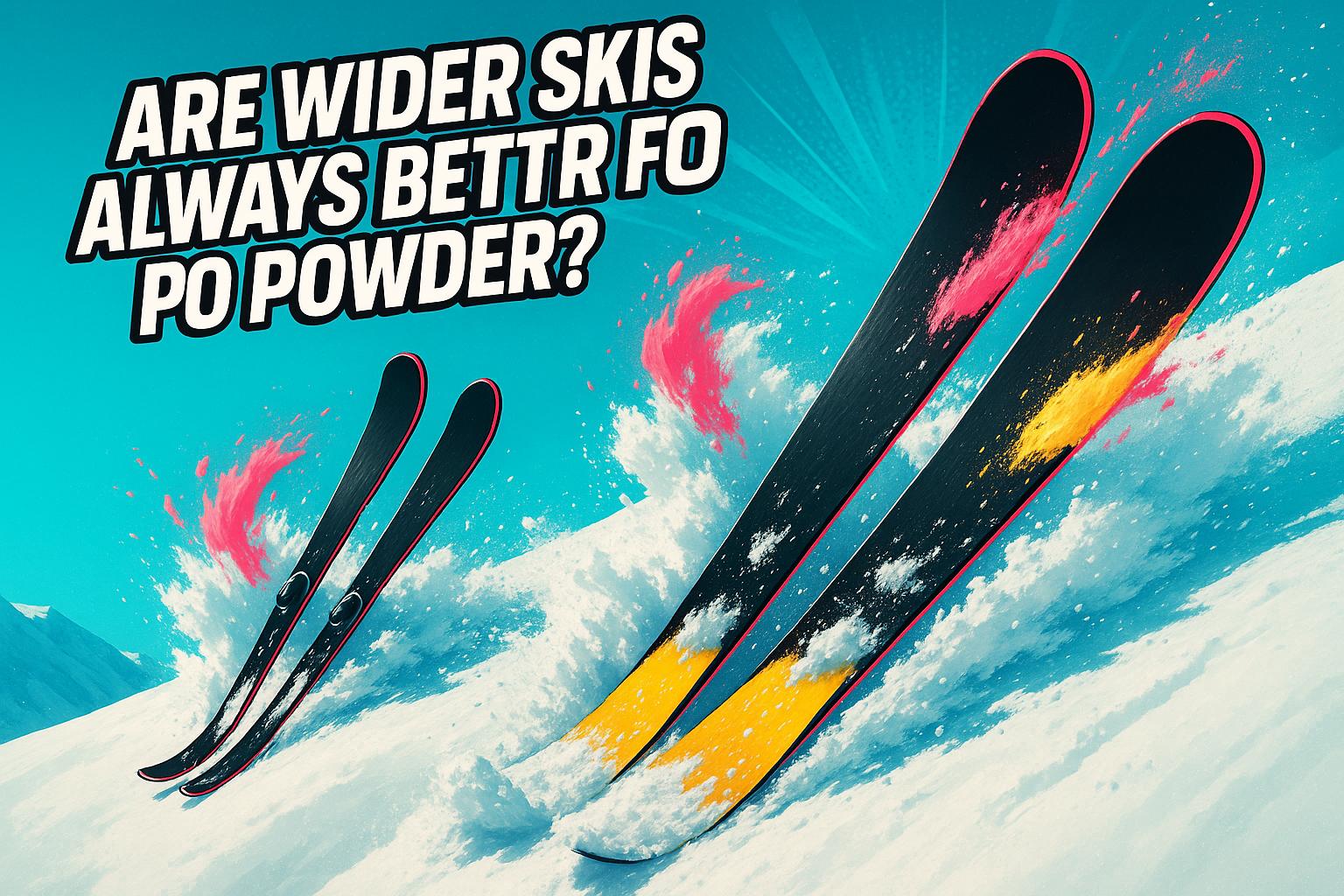

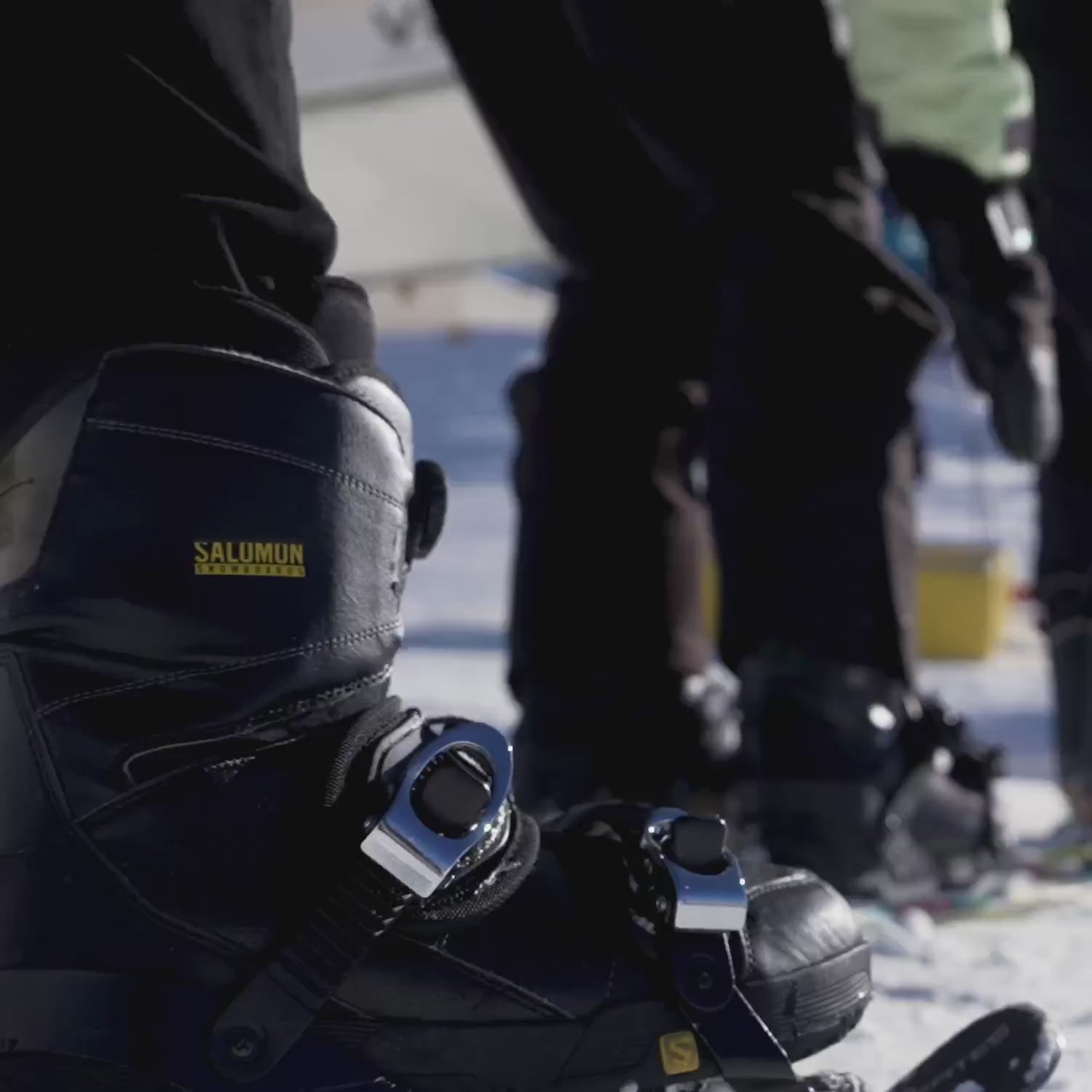

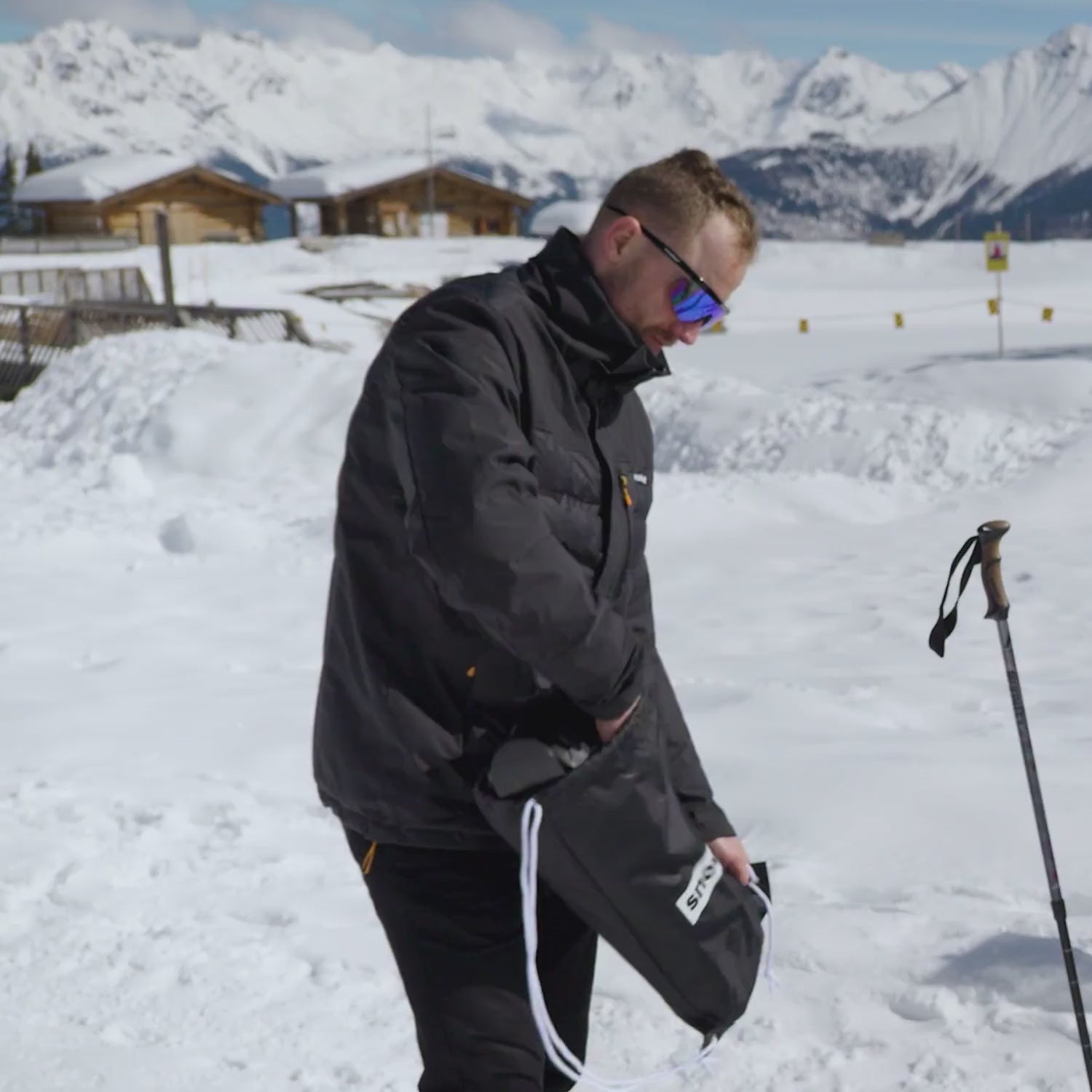
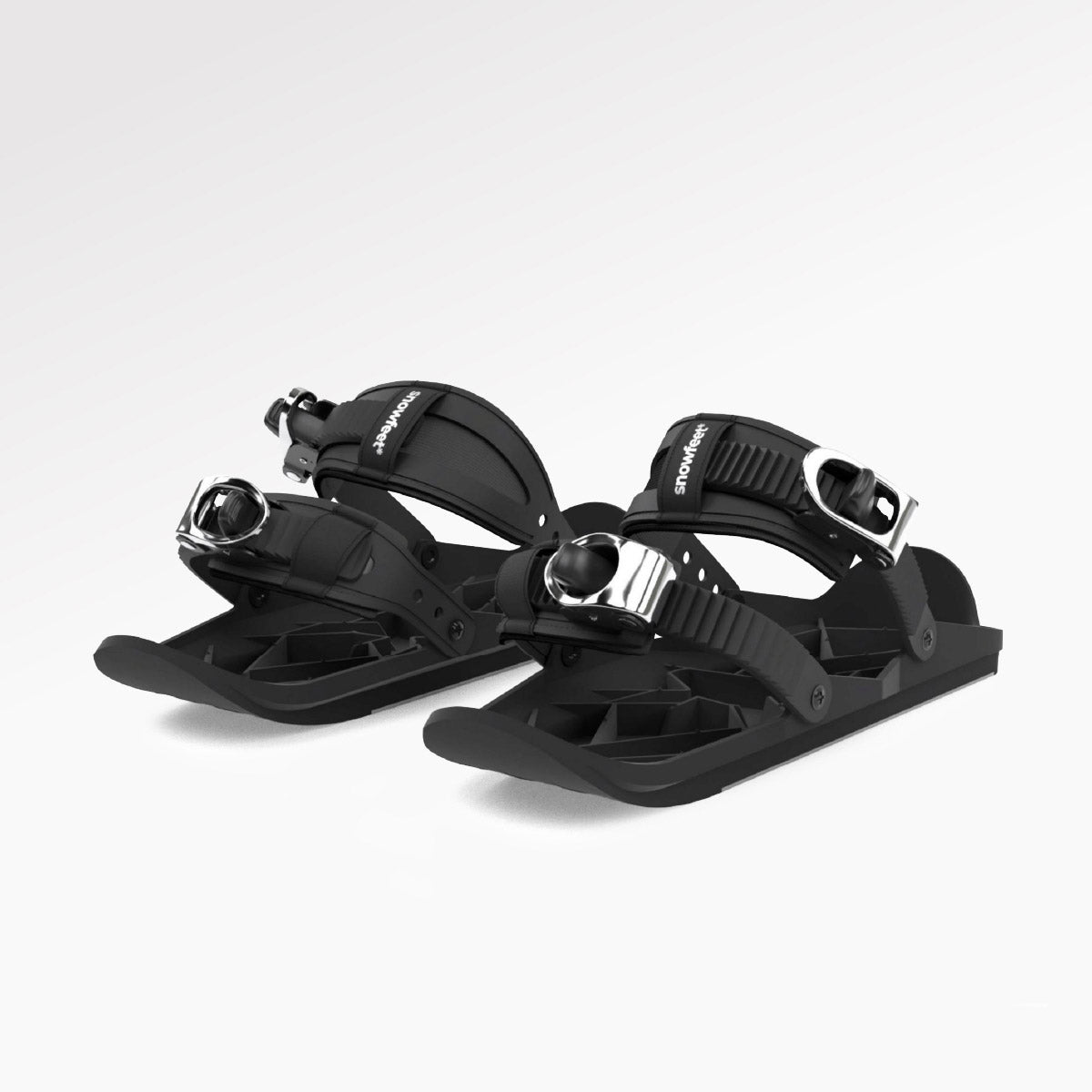
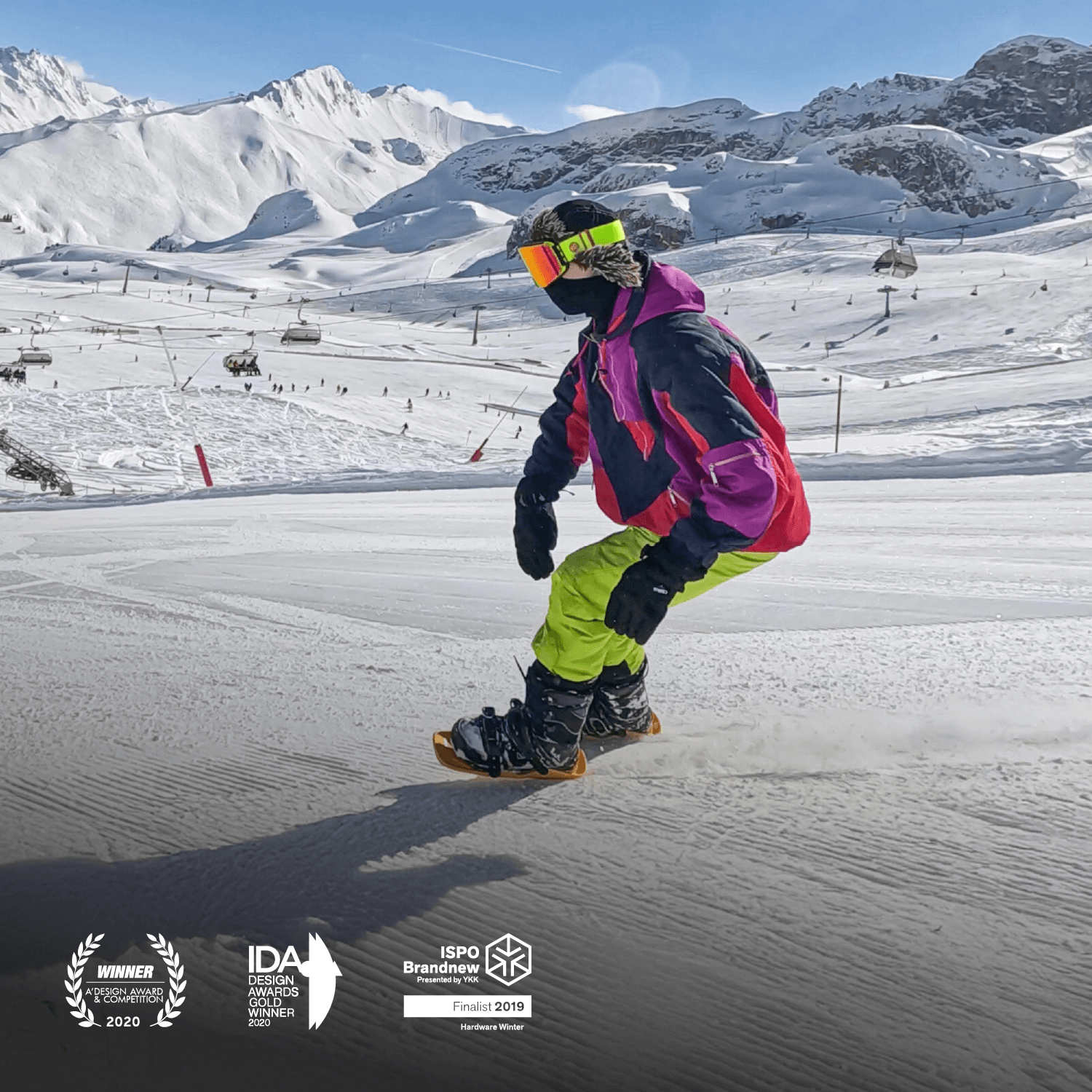
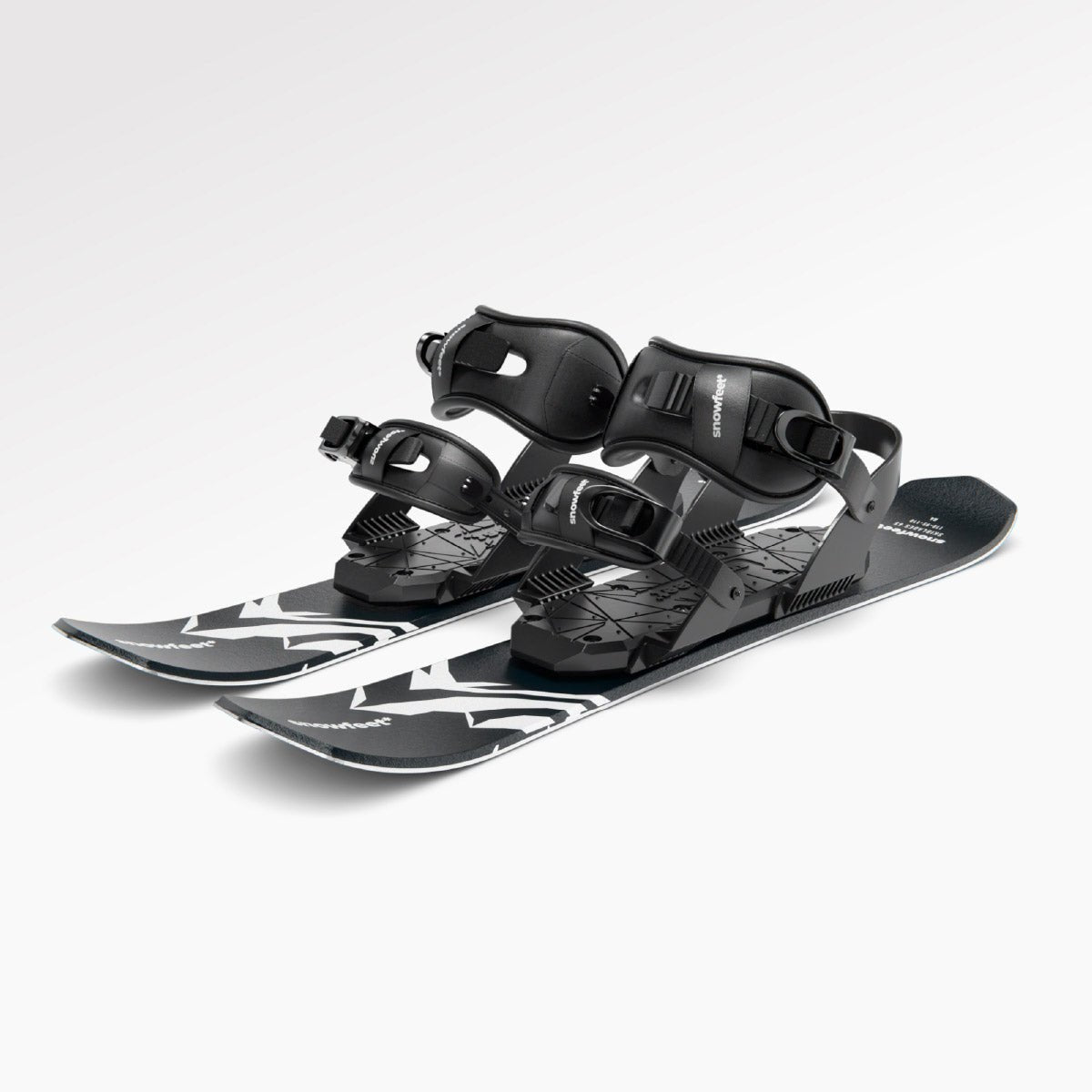
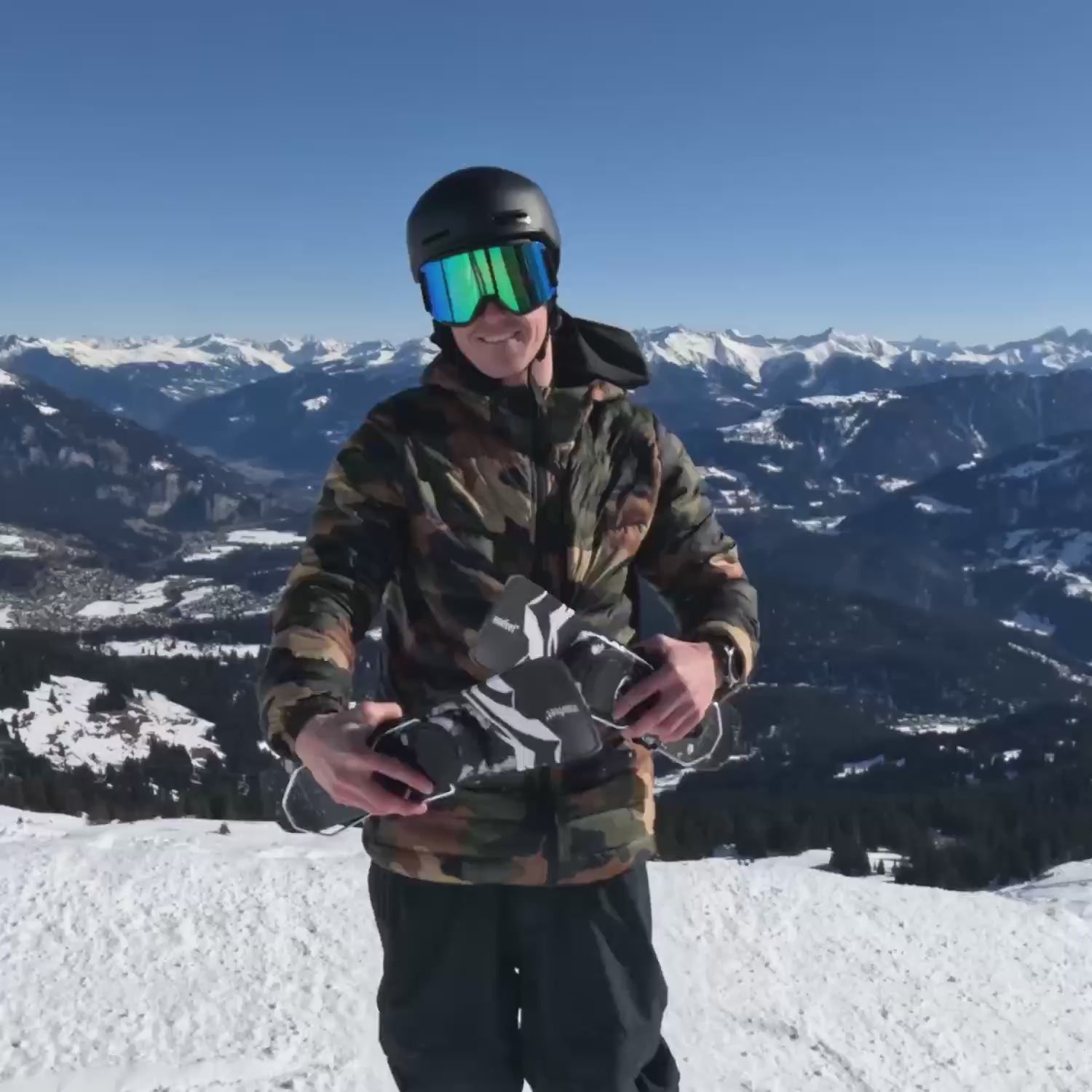
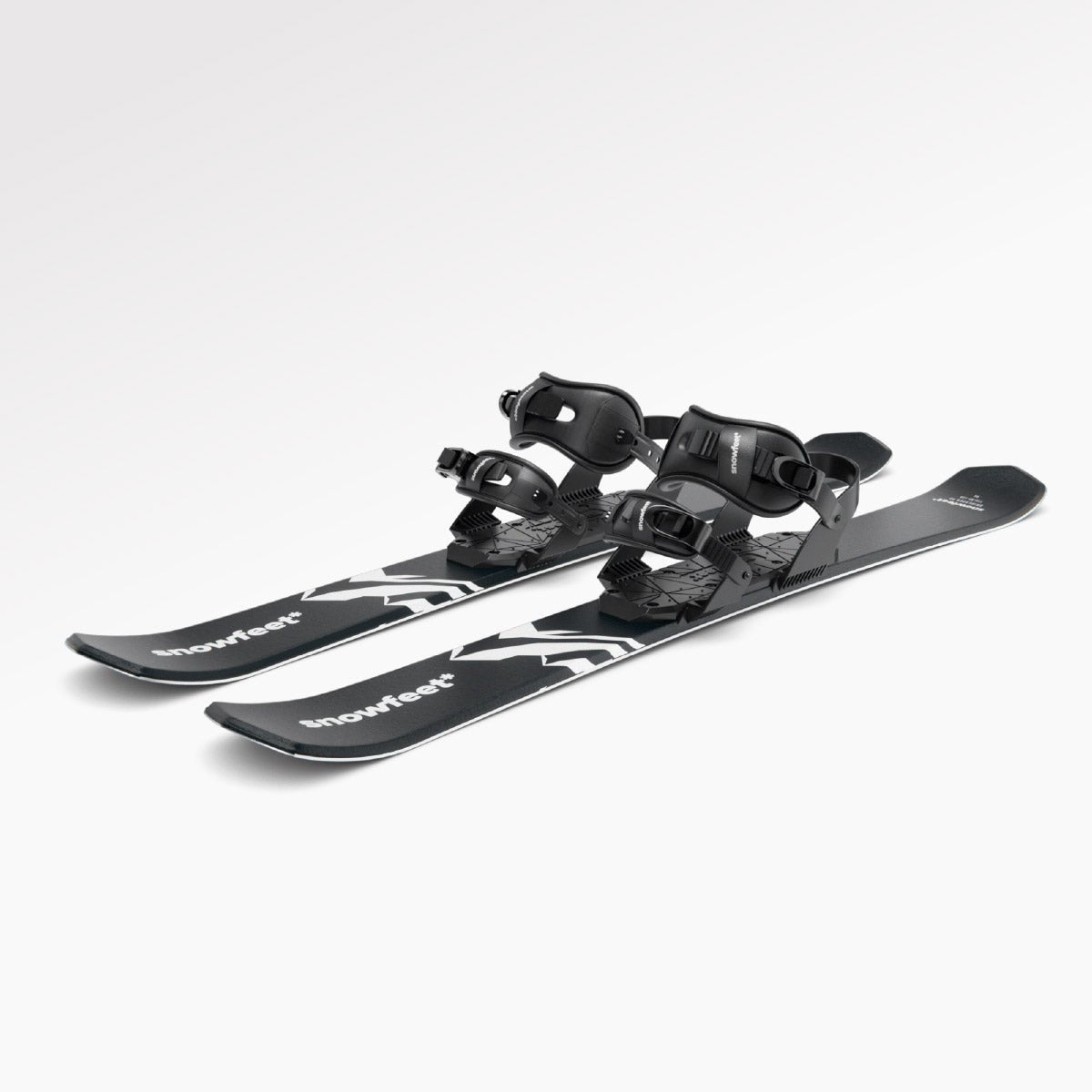
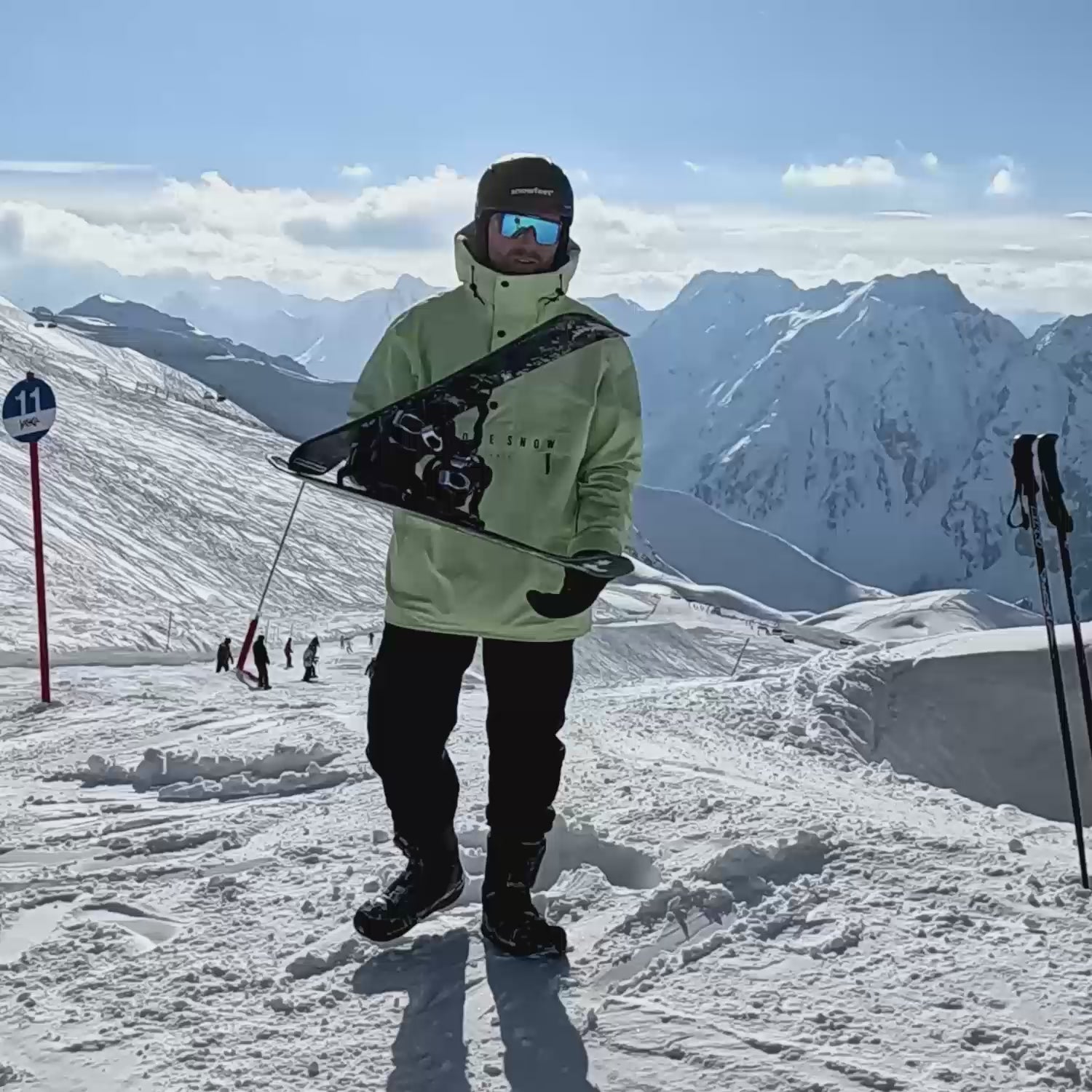
Einen Kommentar hinterlassen
Diese Website ist durch hCaptcha geschützt und es gelten die allgemeinen Geschäftsbedingungen und Datenschutzbestimmungen von hCaptcha.